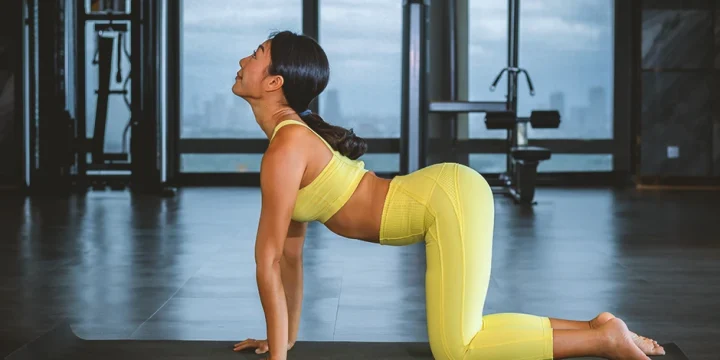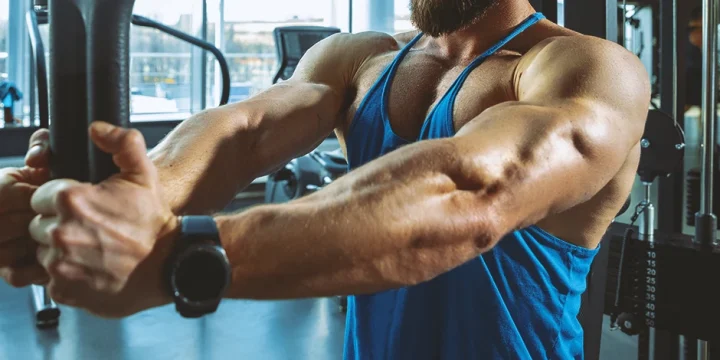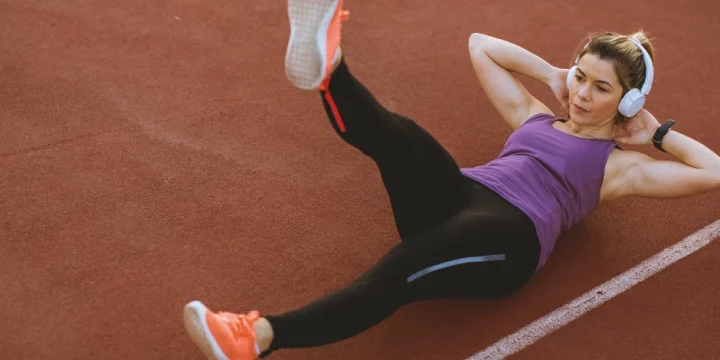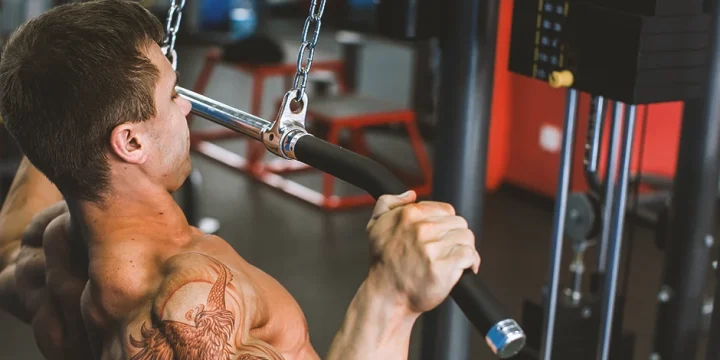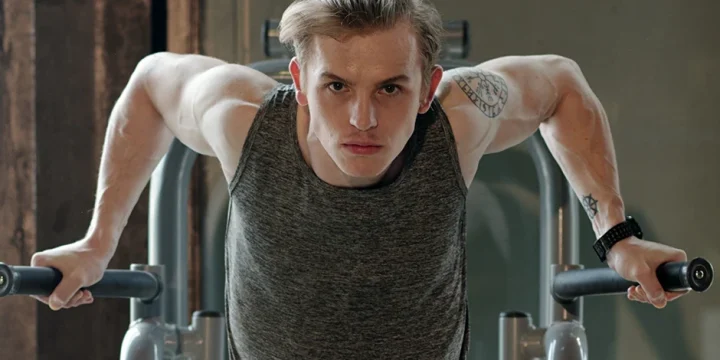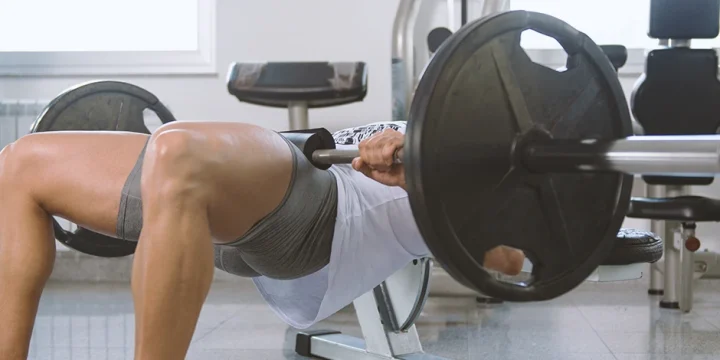From my experience as a professional MMA fighter, I know the importance of a strong gastrocnemius for powerful leg movements. Many strive for well-built calves, yet they often lack knowledge of the right exercises to effectively target these muscles.
As a fitness trainer, I researched extensively to learn about the calf muscles (particularly the gastrocnemius muscle) and to know the exercises that target these muscles.
In this article, I will detail my findings and expertise on the best gastrocnemius workouts, the anatomy, functions, and tips for building the gastrocnemius muscle.
Quick Summary
- Effective gastrocnemius workouts include seated calf raises, standing calf raises, and jump rope, among others, each targeting different aspects of calf development.
- Besides hypertrophy, gastrocnemius exercises can improve leg power and leg movement.
- For comprehensive calf development, target both heads of the gastrocnemius by varying foot positions and calf raise variations, as supported by a Journal of Strength and Conditioning Research study.
- In my professional MMA experience, I've found that strengthening the gastrocnemius not only enhances athletic performance but also plays a vital role in injury prevention and rehabilitation, especially for high-impact sports.
The Best Gastrocnemius Workouts

The gastrocnemius, a visible muscle on the lower thigh's rear, comprises two muscles: the lateral and medial heads [1].
The lateral head begins at the femur's lateral condyle (a rounded protrusion at the end of specific bones), whereas the medial head starts at the femur's medial condyle. The opposing ends form a tendon with the soleus muscle.
Here are the best exercises to target this muscle:
Seated Calf Raise
In my coaching sessions, I often recommend the seated calf raise, a machine exercise perfect for isolating and strengthening the calf muscles.
"Calf raises, particularly seated calf raises, provide for more leg isolation in general, and allows people who cannot load weight on the spine or torso to train the calves without risk of injury."
- Daniel Dominick, Registered Physical Therapist
How to perform:
- Sit on the calf machine and put the balls of your feet on the platform, toes pointing forward; the bottoms will hang off.
- Place the base of your quads behind the knee pad and both hands on top.
- Loosen the safety bar by extending your ankles.
- Dorsiflex the ankles and lower the heels until your calves are fully extended.
- Exhale as you flex your calves and extend your ankles.
- Repeat for reps.
Read More: Calf Exercises for Mass and Strength
Standing Calf Raises
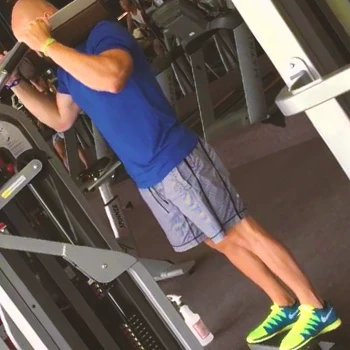
Standing calf raises are a popular exercise for targeting the muscle groups of the lower leg, particularly the gastrocnemius muscles.
When performed unweighted, the calf raise is frequently done for high repetitions or for time.
You can also perform the single-leg calf raise.
How to perform:
- Stand with both feet shoulder-width apart on a yoga or a good exercise mat, toes pointed forward. Standing calf raises may be done on the ground if you do not have a mat.
- Maintain a straight back, shoulders down and back, and abs drawn in.
- Raise your heels gradually while maintaining your knees stretched (but not locked).
- Pause for a second when you're standing on the tips of your toes as much as possible.
- Return to your starting position by lowering your heels to the ground.
- Repeat for reps.
Related Posts:
Jump Rope
A good weighted jumping rope is an excellent calf endurance exercise that also improves total-body coordination.
How to perform:
- Begin with the rope behind you, so it's at your heels, and grab a handle in each hand.
- Gently spin your forearms forward, then your wrists, to produce momentum and swing the rope above.
- Slightly bend your knees as the rope swings above. When the rope reaches your shins, jump by leaping from your toes. Begin gently so you can perfect the timing. After a few leaps, you'll know when to jump automatically.
- Your wrists can do the rest once you've reached a comfortable speed.
- Repeat till the set is finished.
Learn More: Does Jump Rope Burn Belly Fat
Jumping Calf Press
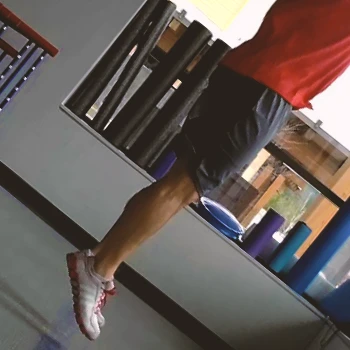
The jumping calf press is a plyometric calf workout that promotes calf strength and explosiveness.
You can either leap frequently (jumping back up as soon as you land) or do one jump, land, and pause for a count before jumping again.
How to perform:
- Stand upright, hands at your sides, core engaged, and back straight.
- To jump into the air, explosively push off the floor with the balls of your feet.
- Land softly on the balls of your feet.
- Concentrate on calf muscular tension and contraction rather than depending on quads to propel your jump.
- Repeat for reps.
Seal Jack
A seal jack is a jumping jack exercise in which you bring your arms together before your chest rather than above your head.
Seal jacks are a complex exercise that utilizes many joints and muscles.
They are great calf exercises for building and developing your gastrocnemius muscles.
How to perform:
- Stand with your feet flat together and both arms outstretched in front of you.
- Jump to your feet and extend your legs and arms to the sides.
- Softly land with your feet apart and your hands out to the sides.
- Return to your starting position by jumping up again.
- Repeat for reps.
Plyo Lunge
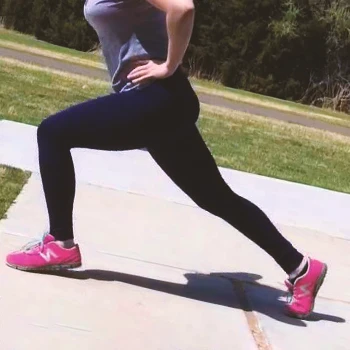
In my experience, plyo lunges are a staple in MMA conditioning, activating not just the calf but also other leg muscles, essential for the explosive power needed in competitive fighting.
How to perform:
- Stand with the right foot two to three feet in front of your left leg in a staggered posture. Allow your arms to drop at your sides.
- Lower yourself into a lunge while keeping the chest up, back erect, and core engaged: front thigh level to the floor, rear leg bent to roughly 90 degrees.
- Jump straight up, allowing both feet to leave the floor. Swing both arms if necessary to maximize momentum and force.
- In the air, switch leg positions, landing lightly with your left leg forward.
- To begin your next rep, instantly lower yourself back into a lunge.
- With each repetition, alternate legs.
Dumbbell Jump Squat
The dumbbell squat jump workout will aid in developing and improving lower body strength and explosiveness.
"This plyometric exercise uses the calf muscles to generate force during the ascension phase of the jump squat and to stabilize the body during the landing."
- Cody Braun, National Academy of Sports Medicine (NASM) Certified Personal Trainer
How to perform:
- Stand upright with your legs shoulder-width apart, holding a pair of dumbbells.
- Lower your hips back until the thighs are parallel to the ground and you're in a squat position.
- Straighten your feet from the squat posture and move off the ground forcefully.
- As you descend back into a squat, land lightly with bent knees.
- Repeat for reps.
Tips for Building Gastrocnemius Muscles

To bulk up your calves, make them a training priority. Start your workouts with calf exercises, aiming for three sessions weekly. Bigger calves come from more reps, higher intensity, and lifting heavier than your body weight.
Here's how to do it right:
- Start with Calves: Most people do not target their calves until they finish their workout, if at all. However, for maximum impact, you should kick off your workouts with calf exercises.
- Lift Heavy: Your calves carry your body weight daily, so up the ante with weights heavier than your body to spur growth.
- High Volume: Incorporate high-rep calf exercises to boost blood flow and muscle growth.
- Slow and Controlled Movements: Avoid quick, short calf raises. Fully stretch at the bottom and squeeze at the top of each rep for effective muscle engagement.
- Full Range of Motion: Ensure you're moving through the entire range during calf raises.
- Vary Angles: Target both heads of the gastrocnemius by varying foot positions (toes pointed in or out) and performing different calf raise variations. Different angles and postures mean increases in calf muscle thickness, as shown in the Journal of Strength and Conditioning Research study [2].
The Function of Gastrocnemius Muscle
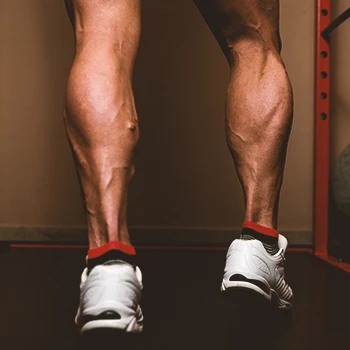
Plantar flexion is the primary function of the gastrocnemius and soleus calf muscles.
This gastrocnemius motion flexes the foot and moves the leg at the ankle joint.
The gastrocnemius is required for sprinting, leaping, and other dynamic leg motions. It also aids in the movement of standing and walking.
Therefore, strengthening this muscle is key to preventing lower leg injuries, especially for runners and athletes and targeted gastrocnemius exercises are often prescribed to recover from conditions like Achilles tendonitis, enhancing both muscle and tendon resilience.
The gastrocnemius is more engaged in quick motions such as sprinting than the soleus because it includes more white muscle fibers (type II fast twitch) [3].
The soleus muscle is primarily responsible for slower motions or non-moving (standing) since it features more red muscle fibers (type I slow twitch).
FAQs
How Do You Build up the Gastrocnemius Muscle?
You build up the gastrocnemius muscle by doing exercises like standing calf raises. This exercise focuses on the gastrocnemius and can be performed with or without weights.
What Happens When the Gastrocnemius Is Weak?
When the gastrocnemius is weak, it may cause calcaneal gait, in which the foot sole does not contact the ground when walking. If you have a weak gastrocnemius, you may have difficulties climbing stairs and walking uphill.
Which Muscle Makes Calves Look Bigger?
The muscle that makes the calves look bigger is the gastrocnemius muscle. It's the larger calve muscle that forms the bulge seen beneath the skin.
References:
- https://www.sciencedirect.com/topics/medicine-and-dentistry/gastrocnemius-muscle
- https://www.researchgate.net/publication/340730817_Different_Foot_Positioning_During_Calf_Training_to_Induce_Portion-Specific_Gastrocnemius_Muscle_Hypertrophy
- https://www.ncbi.nlm.nih.gov/pmc/articles/PMC4804139/
About The Author
You May Also Like
